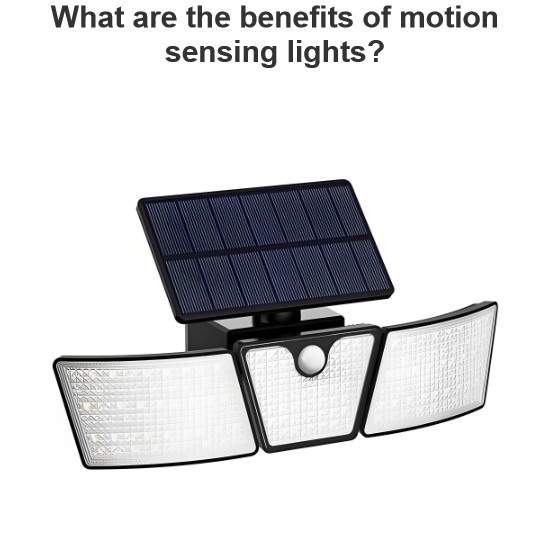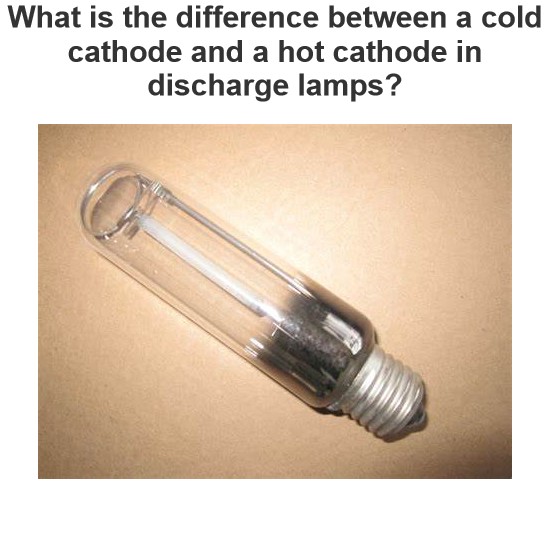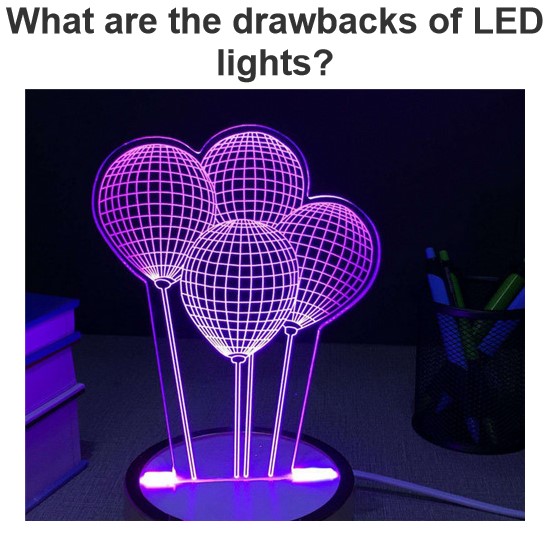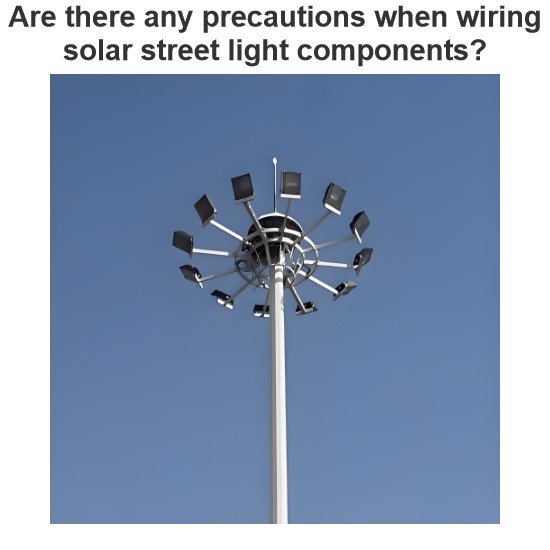Construction of Fluorescent Lamp
A fluorescent tube light consists of
a lime glass tube
drop of mercury
argon gas
phosphor coating
electrode coils
mounting assemblies
aluminum cap
Total set up of a lamp requires two bases and electromagnetic ballast or choke coil with a starter.
The electrode mount assemblies are at both the ends of lamp tube.
This electrode mounting assembly is almost similar to the stem press unit in the incandescent lamps.
The electrode is similar to the incandescent lamp filament.
The filaments of electrodes play both roles as anode and cathode.
Small plates are attached to the filament to protect the electron bombardment and reduce the wattage loss at both ends.
The filament is dipped in a mixture of barium, strontium and calcium carbonate. It is baked during manufacturing to become oxides and thus it becomes capable of providing abundance of free electrons easily.
Liquid mercury is provided inside the lamp bulb.
Phosphor coating is used on inner wall of the bulb tube.
At a certain pressure argon gas is filled up inside the tube.
Two pins at each end are taken out of the lamp body through the cap.
The figure of an electrode is shown below.
A fluorescent lamp tube is loaded with a gas containing low-pressure mercury vapor and argon. The pressure inside the lamp is around 0.3% of environmental pressure. The inward surface of the lamp is coated with a fluorescent (and frequently marginally luminous). This coating is made of shifting mixes of metallic and uncommon earth phosphor salts. The lamp’s anodes are normally made of snaked tungsten and typically alluded to as cathodes due to their prime capacity of discharging electrons. For this, they are coated with a blend of barium, strontium, and calcium oxides to have a low thermionic emission temperature. Fluorescent lamp tubes are normally straight and long. The length of the commonly used lamp is around 100 millimeters (3.9 in). A few lamps have the tube twisted into a circle, utilized for table lamps or different spots where a more conservative light source is required. Bigger U-shaped lamps are utilized to give the same measure of light in a smaller region. Minimal fluorescent lamps have a few little width tubes joined in a heap of two, four, or six or a little breadth tube curled into a helix, to give a high measure of light yield in little volume.
To construct a fluorescent tube light a lime glass tube, drop of mercury, argon gas, phosphor coating and the electrodes with their mount assemblies are required. Total set up of a lamp requires two bases and choke coil with a starter. The electrode mount assembly is almost similar to the stem press unit in the incandescent lamps. The filaments play both roles as anode and cathode. Generally, small plates are attached to the filament to protect it from electron bombardment and to reduce the wattage loss at both ends.
The electrode is similar to the incandescent lamp filament. But an exception is that this filament is dipped in a mixture of barium, strontium, and calcium carbonate. It is baked during manufacturing to become oxides and thus it becomes capable of providing the abundance of free electrons easily.
Statement: Respect the original, good articles worth sharing, if there is infringement please contact delete.
Electrical4U is dedicated to the teaching and sharing of all things related to electrical and electronics engineering.













